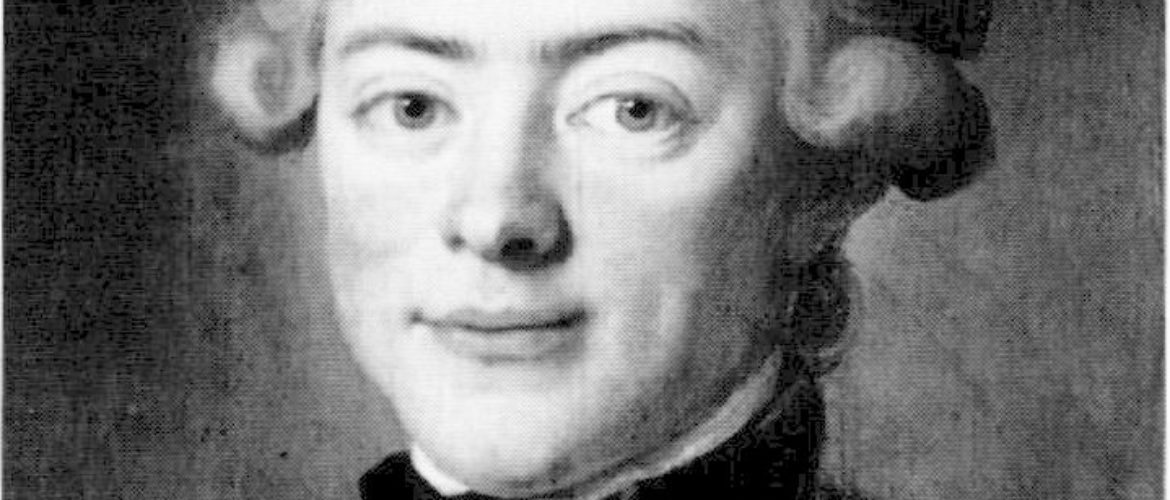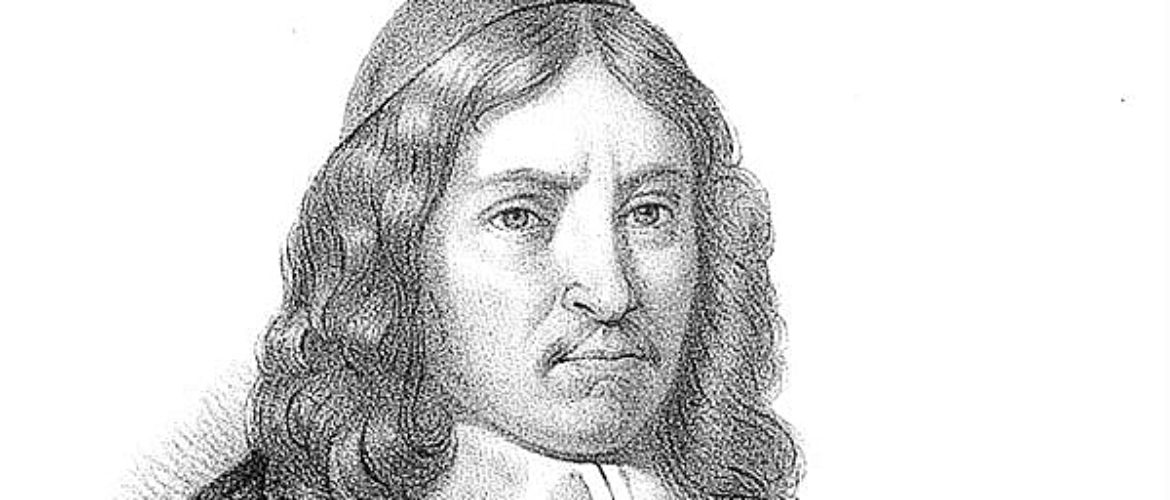1843–1926.
Author.
Helena Nyblom was one of the most prolific and appreciated fairytale poems at the turn of the century.
She was born in Copenhagen in 1843 and was the daughter of Jørgen Roed and Emilia Amanda Kruse. The father was a painter and professor at the Royal Academy of Fine Arts in Copenhagen and the mother had an interest in ancient art and literature. Helena Nyblom thus grew up in a home characterised by intellectuality and aesthetics.
She met her future husband in Rome and they moved to Uppsala where their home soon became a focal point for artistically oriented people from all over the Nordic region.
He published a series of short stories and poetry collections, but her real literary breakthrough was at the end of the 1890th century with her fairy tales.
Nyblom converted to Catholicism in 1895, which was both noted and criticized in the media.
Helena Nyblom was an active debater in the women's movement and also a cultural writer in magazines, such as Nordic Magazine, new Swedish magazine, Word and image and Idun.
In 1922 the autobiographical work My Memories of life was published.
John Bauer's illustration from 1913, to Helena Nybloms "Bortbytingarna" in "among gnomes and trolls". Photo: Wikimedia Commons.
Burial site: 0112-0574
Image description: Helena Nyblom, Stockholm ca 1870-ca 1880. Waldemar Dahllöf / UUB. [The image is cropped]
Click here for an uncropped image














